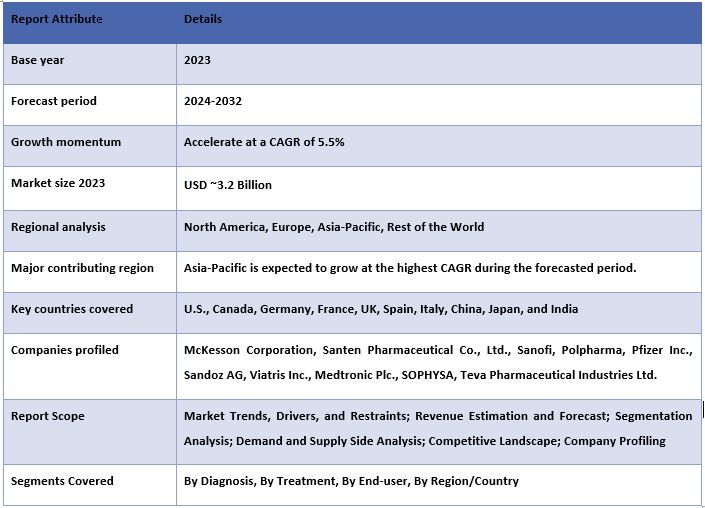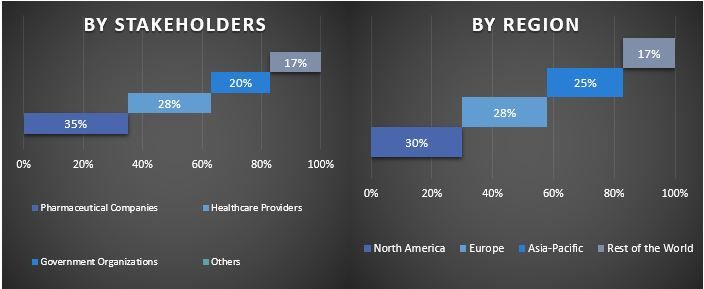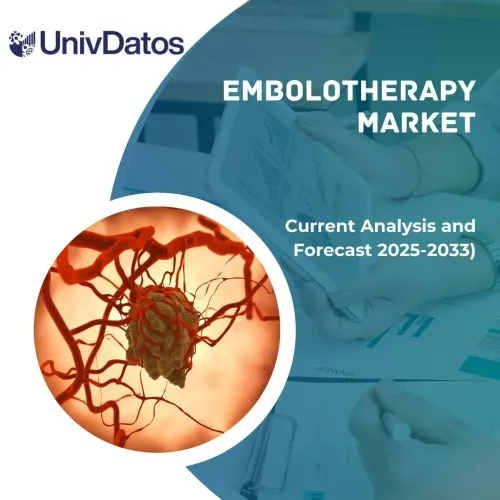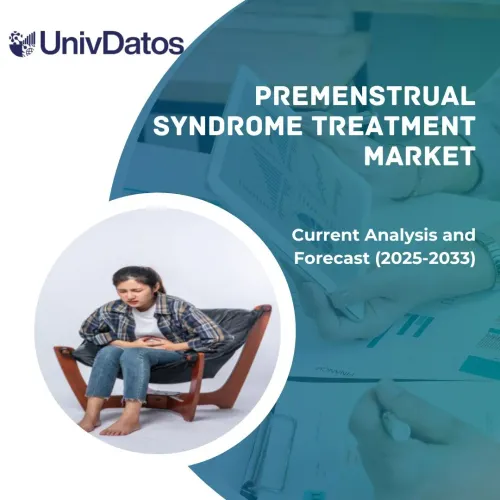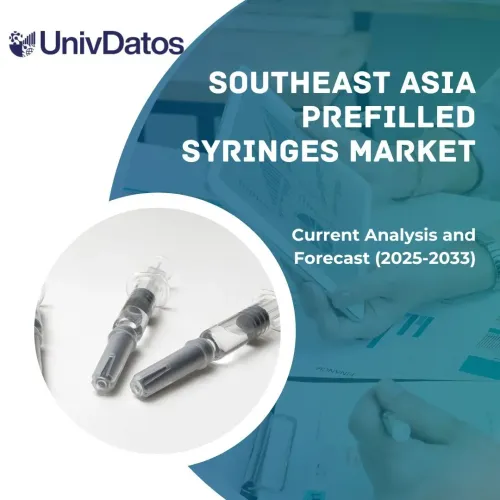- Home
- About Us
- Industry
- Services
- Reading
- Contact Us
Pseudotumor Cerebri Market: Current Analysis and Forecast (2024-2032)
Emphasis on Diagnosis (Fundoscopy, Neuroimaging, Lumbar Puncture, and Others), Treatment (Spinal Fluid Shunt, Optic Nerve Sheath Fenestration, Venous Sinus Stenting, and Medication), End-user (Hospitals, Clinics and Others); and Region/Country
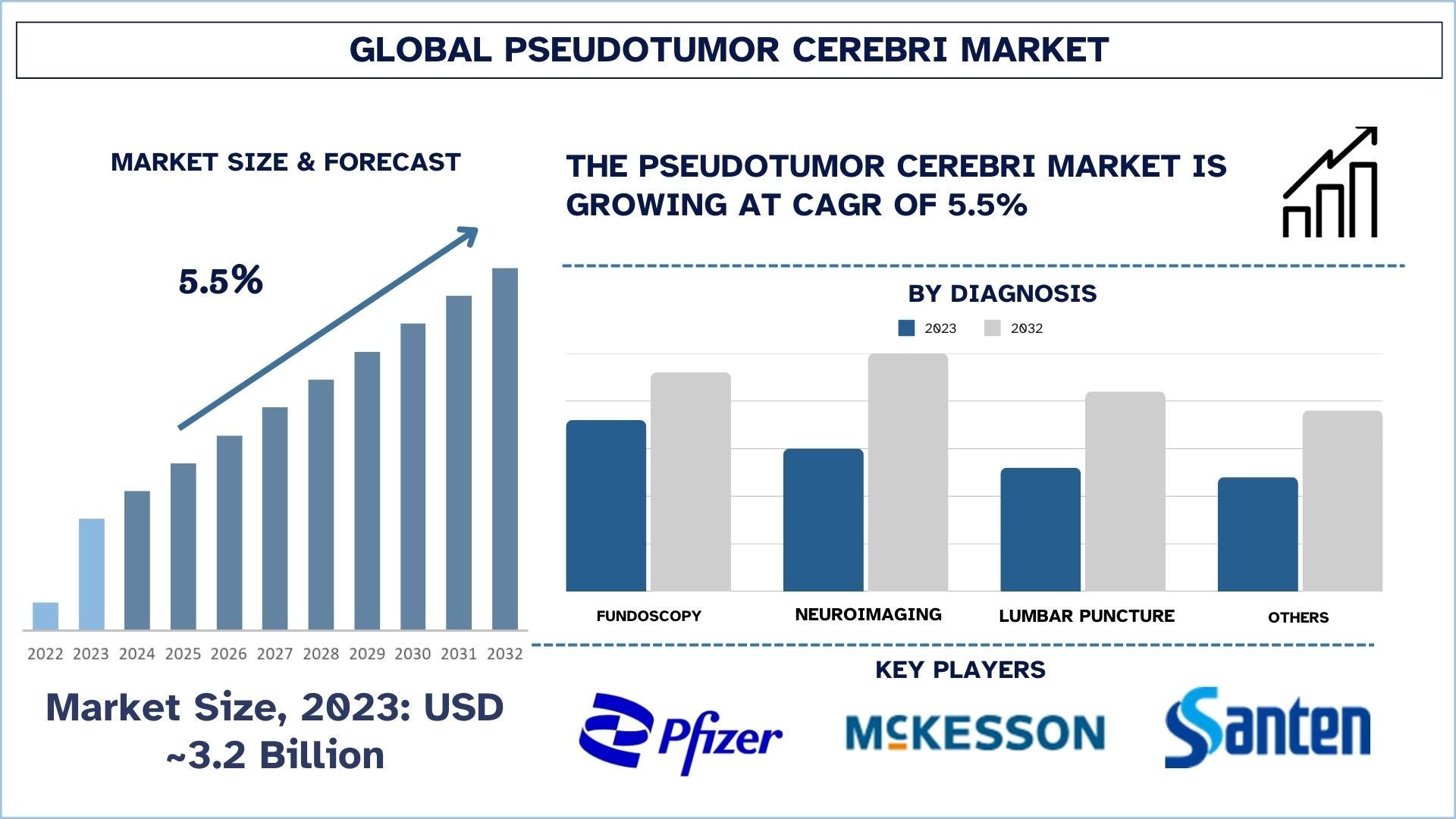
Pseudotumor Cerebri Market Size & Forecast
The Pseudotumor Cerebri Market was valued at approximately USD ~3.2 billion in 2023 and is expected to grow at a substantial CAGR of around 5.5% during the forecast period (2024-2032) owing to the rising prevalence of obesity which is a major risk factor for developing pseudotumor cerebri, along with technological advancements in diagnostic sector.
Pseudotumor Cerebri Market Analysis
Pseudotumor cerebri, also known as idiopathic intracranial hypertension (IIH), is a neurological disorder in which the pressure that surrounds the brain and spinal cord (intracranial pressure) is higher than normal, but there is no inflammation, infection, tumor, or other conditions that can explain this increase. This condition is more prevalent in pregnant women and women of childbearing age with excess body weight or obesity. The exact etiology has yet to be ascertained although it is likely related to a malfunction in the regulation of CSF. The early symptoms are usually chronic headaches, and changes in vision, for example, blurring, diplopia or temporary loss of vision, pulsating tinnitus, and increased intracranial pressure papilledema. If left untreated may lead to permanent blindness. Diagnostics consists of clinical examination and assessment, brain imaging to rule in and out other pathological possibilities, and obtaining CSF pressure by lumbar puncture. Management involves a reduction of intracranial pressure, for which some patients may be recommended to lose weight, take medications, particularly acetazolamide, undertake optic nerve sheath fenestration, or spinal fluid shunt should be used if the condition becomes extreme.
The pseudotumor cerebri market is majorly driven by increased incidences of obesity, which is a major cause of pseudotumor cerebri especially among women of childbearing age. Rising awareness and enhancing diagnostic solutions like imaging solutions and lumbar puncture solutions are the factors that drive the pseudotumor cerebri market. The growth of the market is due to the increasing research of new treatment methods, which may include minimal invasions, such as surgical operations and successful medication therapeutics. Furthermore, increased efforts by the governments to combat neurological disorders, and research on the pathophysiology of idiopathic intracranial hypertension contribute to the development of therapeutic interventions, which continue to extend the market potential for the management of this disorder.
Pseudotumor Cerebri Market Trends
This section discusses the key market trends influencing the various segments of the pseudotumor cerebri market as identified by our research experts.
Focus on Non-Invasive Solutions
The Pseudotumor Cerebri market favors less invasive treatment methods to make patients more comfortable while minimizing risks and improving their results. Patients experience high burdens from both physical and emotional aspects when undergoing traditional pseudotumor cerebri treatments such as lumbar puncture and shunt surgeries. New medical technology promotes safer ways to provide treatment to patients by using drugs and simple surgeries like opening the optic nerve which helps in lowering the brain pressure without the need for any major surgery. Modern wearables and non-invasive monitoring equipment track intracranial pressure in real time to help doctors provide better treatment immediately. The shift toward non-invasive treatments promotes patient-centered healthcare while providing companies with new opportunities to create safer methods for better market growth.
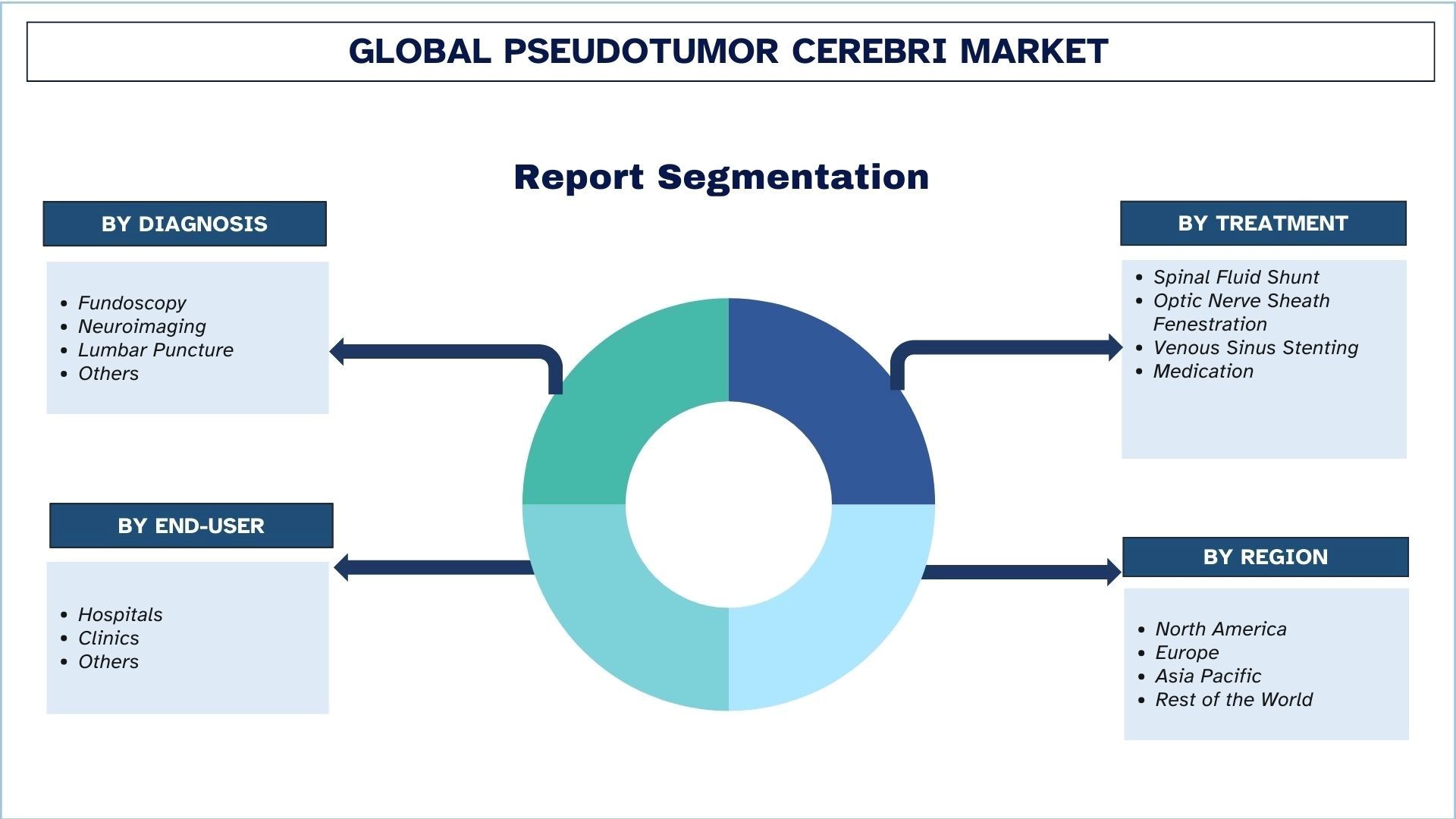
Asia-Pacific is expected to be the fastest-growing region
The APAC market demonstrates the fastest pseudotumor cerebri growth due to various factors. Strong healthcare investments and advanced medical testing have improved the ability to find and manage this disease better leading to increased awareness of this disease in the APAC region. As obesity is a prime factor of this disease, growing obesity rates in China and India are driving market expansion in this region. APAC governments and healthcare firms heavily invest in scientific research to support new medical therapies while enabling better treatment solutions. Medical tourism is growing in Thailand and Malaysia as they offer affordable quality healthcare services for tourists. Healthcare providers and insurance providers are making advances in early detection and treatment because they now better understand these medical conditions. Both strong economic growth and large population bases in the APAC region create demand for effective treatments of pseudotumor cerebri.
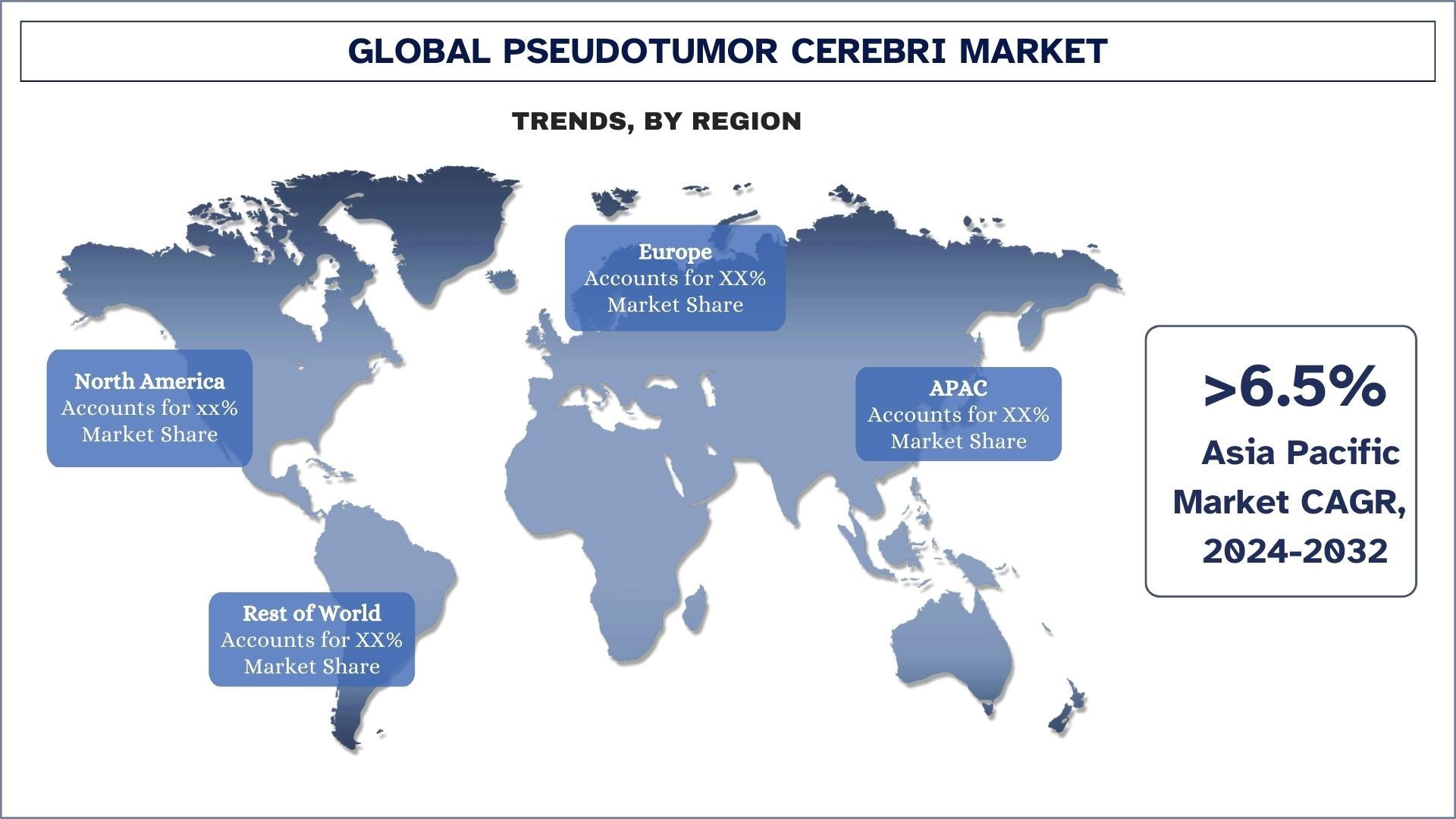
Pseudotumor Cerebri Industry Overview
The pseudotumor cerebri market is competitive, with several global and international players. The key players are adopting different growth strategies to enhance their market presence, such as partnerships, agreements, collaborations, new product launches, geographical expansions, and mergers and acquisitions. Some of the major players operating in the market are McKesson Corporation, Santen Pharmaceutical Co., Ltd., Sanofi, Polpharma, Pfizer Inc., Sandoz AG, Viatris Inc., Medtronic Plc., SOPHYSA, Teva Pharmaceutical Industries Ltd.
Pseudotumor Cerebri Market Report Coverage
Reasons to buy this report:
The study includes market sizing and forecasting analysis validated by authenticated key industry experts.
The report presents a quick review of overall industry performance at one glance.
The report covers an in-depth analysis of prominent industry peers with a primary focus on key business financials, product portfolios, expansion strategies, and recent developments.
Detailed examination of drivers, restraints, key trends, and opportunities prevailing in the industry.
The study comprehensively covers the market across different segments.
Deep dive regional level analysis of the industry.
Customization Options:
The global pseudotumor cerebri market can be customized further as per the requirement or any other market segment. Besides this, UMI understands that you may have your own business needs, hence feel free to connect with us to get a report that completely suits your requirements.
Table of Content
Research Methodology for the Pseudotumor Cerebri Market Analysis (2022-2032)
Analyzing the historical market, estimating the current market, and forecasting the future market of the global pseudotumor cerebri market were the three major steps undertaken to create and analyze the adoption of Pseudotumor cerebri in major regions globally. Exhaustive secondary research was conducted to collect the historical market figures and estimate the current market size. Secondly, to validate these insights, numerous findings and assumptions were taken into consideration. Moreover, exhaustive primary interviews were also conducted with industry experts across the value chain of the global pseudotumor cerebri market. Post assumption and validation of market numbers through primary interviews, we employed a top-down/bottom-up approach to forecasting the complete market size. Thereafter, market breakdown and data triangulation methods were adopted to estimate and analyze the market size of segments and sub-segments of the industry. Detailed methodology is explained below:
Analysis of Historical Market Size
Step 1: In-Depth Study of Secondary Sources:
A detailed secondary study was conducted to obtain the historical market size of the pseudotumor cerebri market through company internal sources such as annual reports & financial statements, performance presentations, press releases, etc., and external sources including journals, news & articles, government publications, competitor publications, sector reports, third-party database, and other credible publications.
Step 2: Market Segmentation:
After obtaining the historical market size of the pseudotumor cerebri market, we conducted a detailed secondary analysis to gather historical market insights and share for different segments & sub-segments for major regions. Major segments are included in the report as diagnosis, treatment, end-user, and regions. Further country-level analyses were conducted to evaluate the overall adoption of Pseudotumor cerebri in that region.
Step 3: Factor Analysis:
After acquiring the historical market size of different segments and sub-segments, we conducted a detailed factor analysis to estimate the current market size of the pseudotumor cerebri market. Further, we conducted factor analysis using dependent and independent variables such as diagnosis, treatment, end-user, and regions of the pseudotumor cerebri market. A thorough analysis was conducted for demand and supply-side scenarios considering top partnerships, mergers and acquisitions, business expansion, and product launches in the pseudotumor cerebri market across the globe.
Current Market Size Estimate & Forecast
Current Market Sizing: Based on actionable insights from the above 3 steps, we arrived at the current market size, key players in the global pseudotumor cerebri market, and market shares of the segments. All the required percentage shares split, and market breakdowns were determined using the above-mentioned secondary approach and were verified through primary interviews.
Estimation & Forecasting: For market estimation and forecast, weights were assigned to different factors including drivers & trends, restraints, and opportunities available for the stakeholders. After analyzing these factors, relevant forecasting techniques i.e., the top-down/bottom-up approach were applied to arrive at the market forecast for 2032 for different segments and sub-segments across the major markets globally. The research methodology adopted to estimate the market size encompasses:
The industry’s market size, in terms of revenue (USD) and the adoption rate of the pseudotumor cerebri market across the major markets domestically.
All percentage shares, splits, and breakdowns of market segments and sub-segments.
Key players in the global Pseudotumor cerebri market in terms of products offered. Also, the growth strategies adopted by these players to compete in the fast-growing market.
Market Size and Share Validation
Primary Research: In-depth interviews were conducted with the Key Opinion Leaders (KOLs) including Top Level Executives (CXO/VPs, Sales Head, Marketing Head, Operational Head, Regional Head, Country Head, etc.) across major regions. Primary research findings were then summarized, and statistical analysis was performed to prove the stated hypothesis. Inputs from primary research were consolidated with secondary findings, hence turning information into actionable insights.
Split of Primary Participants in Different Regions
Market Engineering
The data triangulation technique was employed to complete the overall market estimation and to arrive at precise statistical numbers for each segment and sub-segment of the global Pseudotumor cerebri market. Data was split into several segments and sub-segments after studying various parameters and trends in the diagnosis, treatment, end-user, and regions of the global pseudotumor cerebri market.
The main objective of the Global Pseudotumor Cerebri Market Study
The current & future market trends of the global pseudotumor cerebri market were pinpointed in the study. Investors can gain strategic insights to base their discretion for investments on the qualitative and quantitative analysis performed in the study. Current and future market trends determined the overall attractiveness of the market at a regional level, providing a platform for the industrial participant to exploit the untapped market to benefit from a first-mover advantage. Other quantitative goals of the studies include:
Analyze the current and forecast market size of the Pseudotumor cerebri market in terms of value (USD). Also, analyze the current and forecast market size of different segments and sub-segments.
Segments in the study include areas of diagnosis, treatment, end-user, and regions.
Define and analyze the regulatory framework for the pseudotumor cerebri
Analyze the value chain involved with the presence of various intermediaries, along with analyzing customer and competitor behaviors of the industry.
Analyze the current and forecast market size of the Pseudotumor cerebri market for the major region.
Major countries of regions studied in the report include Asia Pacific, Europe, North America, and the Rest of the World
Company profiles of the pseudotumor cerebri market and the growth strategies adopted by the market players to sustain the fast-growing market.
Deep dive regional level analysis of the industry.
Frequently Asked Questions FAQs
Q1: What is the pseudotumor cerebri market's current size and growth potential?
The Pseudotumor cerebri market was valued at USD ~3.2 billion in 2023 and is expected to grow at a CAGR of 5.5% during the forecast period (2024-2032).
Q2: What are the driving factors for the growth of the pseudotumor cerebri market?
The pseudotumor cerebri market is majorly driven by increased incidences of obesity, rising awareness, and enhancing diagnostic solutions like imaging solutions and lumbar puncture solutions.
Q3: Which segment has the largest share of the pseudotumor cerebri market by diagnosis?
The neuroimaging segment has the largest share in the pseudotumor cerebri market by diagnosis.
Q4: What are the major trends in the pseudotumor cerebri market?
Focus on non-invasive solutions and integration of AI in diagnosis are the major trends in the pseudotumor cerebri market.
Q5: Which region will dominate the pseudotumor cerebri market?
North America dominated the market in 2023.
Related Reports
Customers who bought this item also bought

